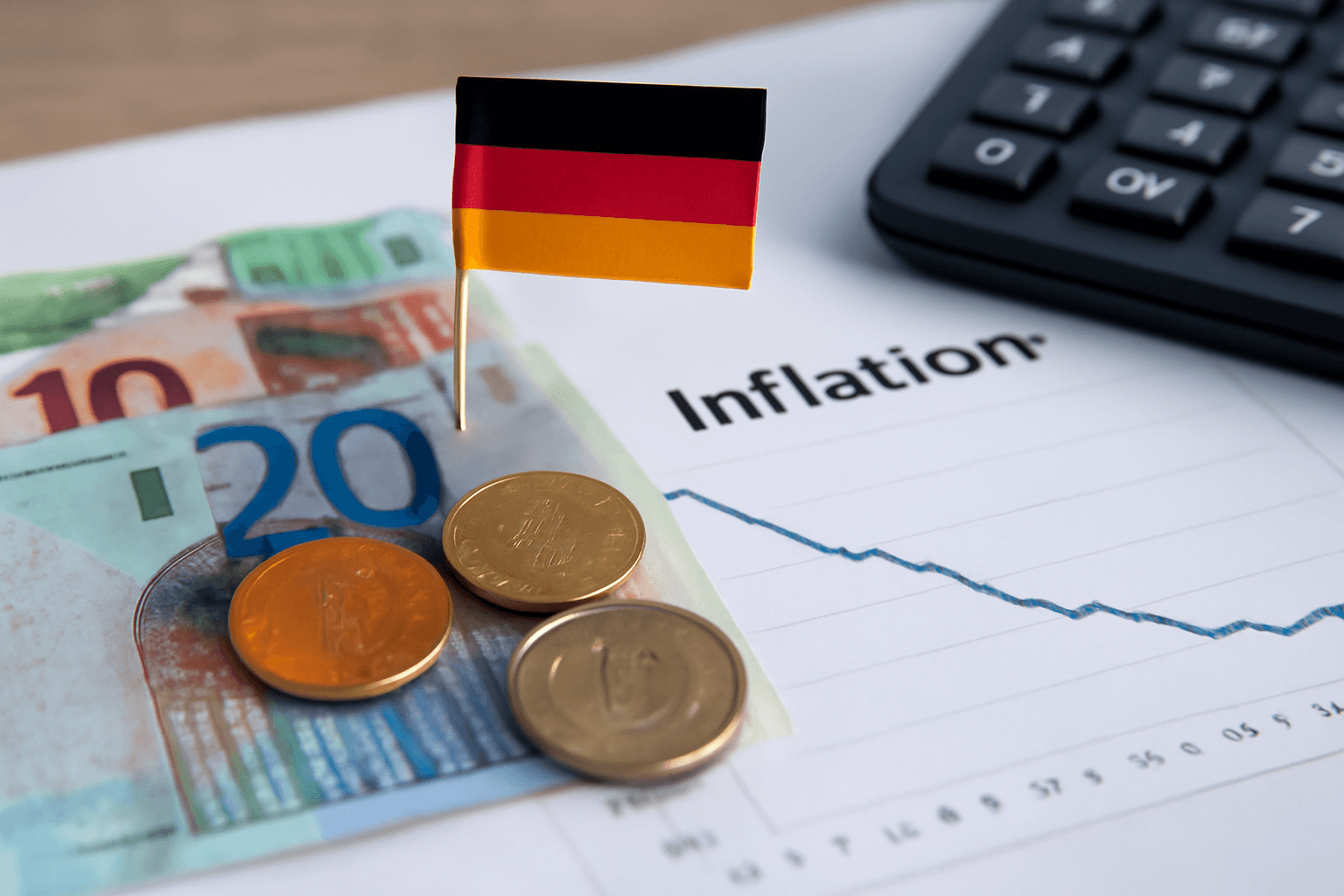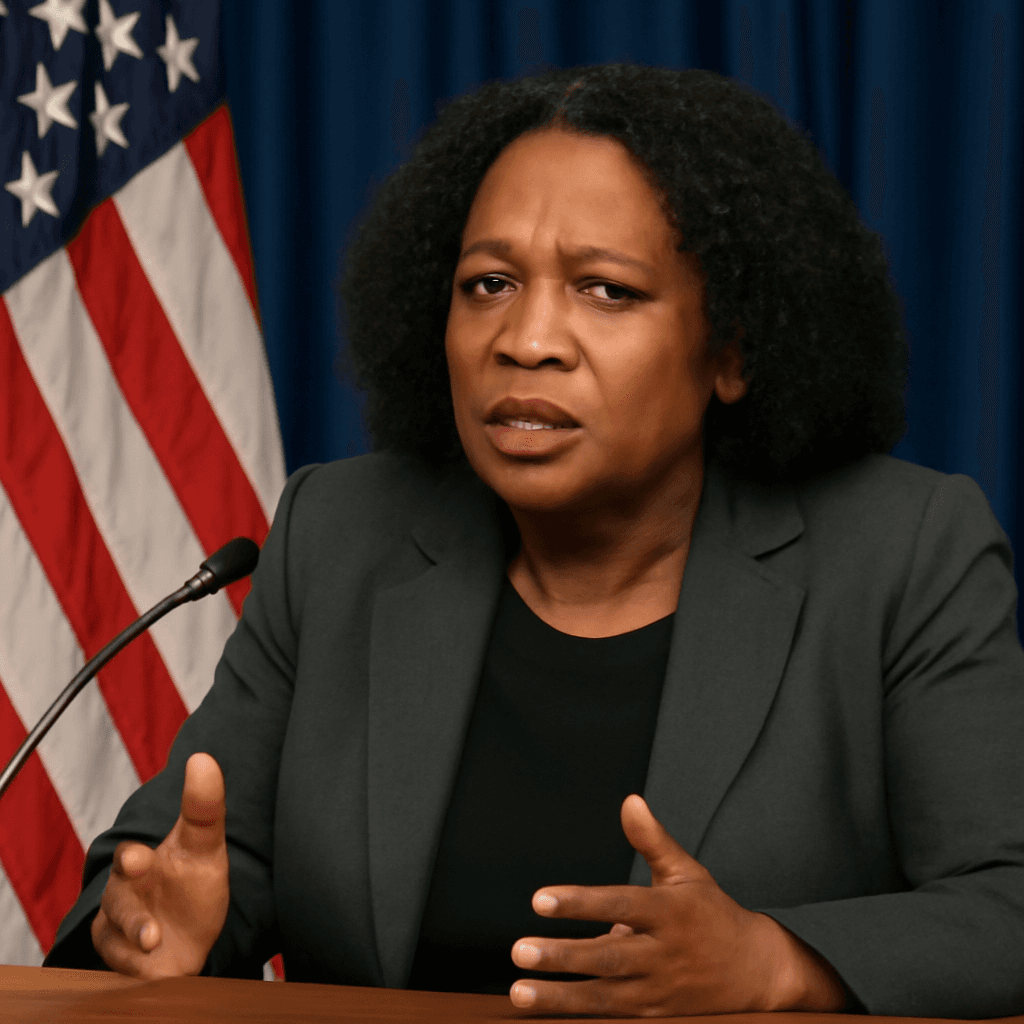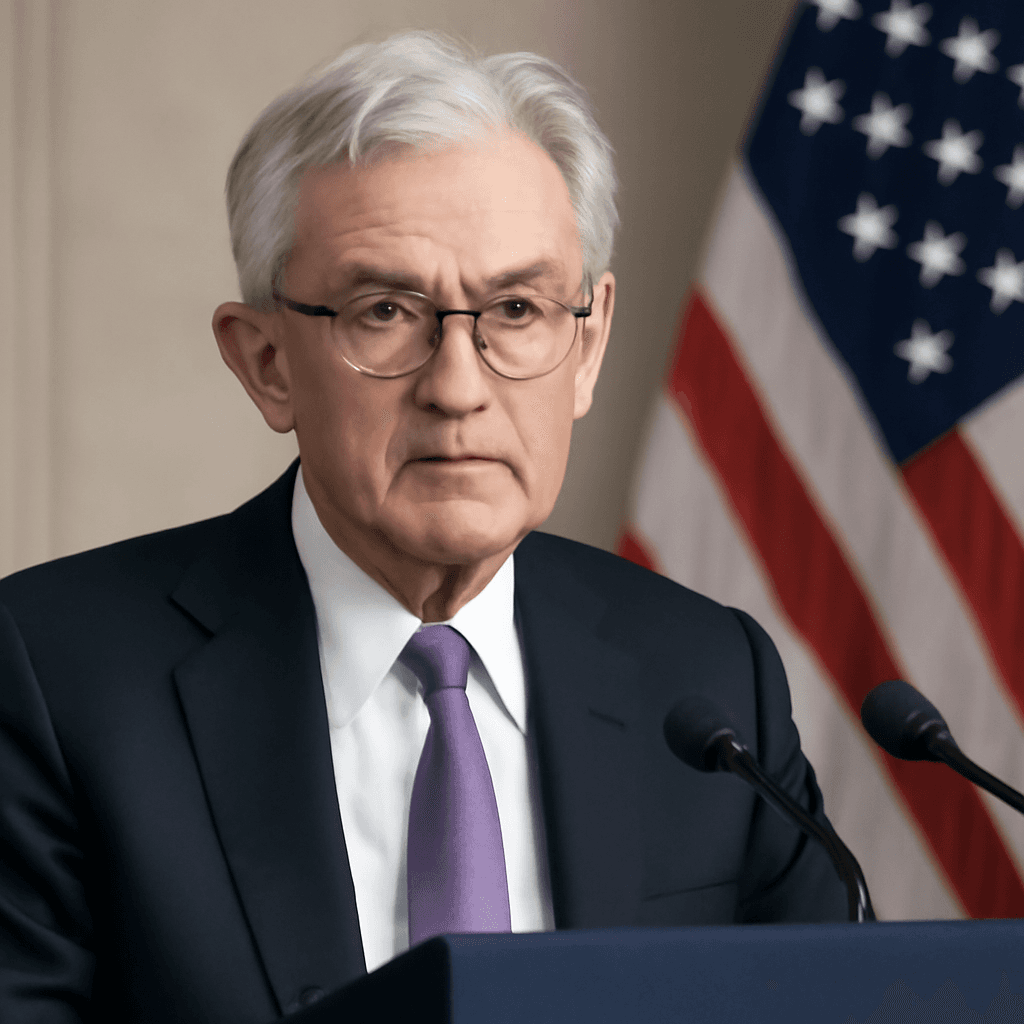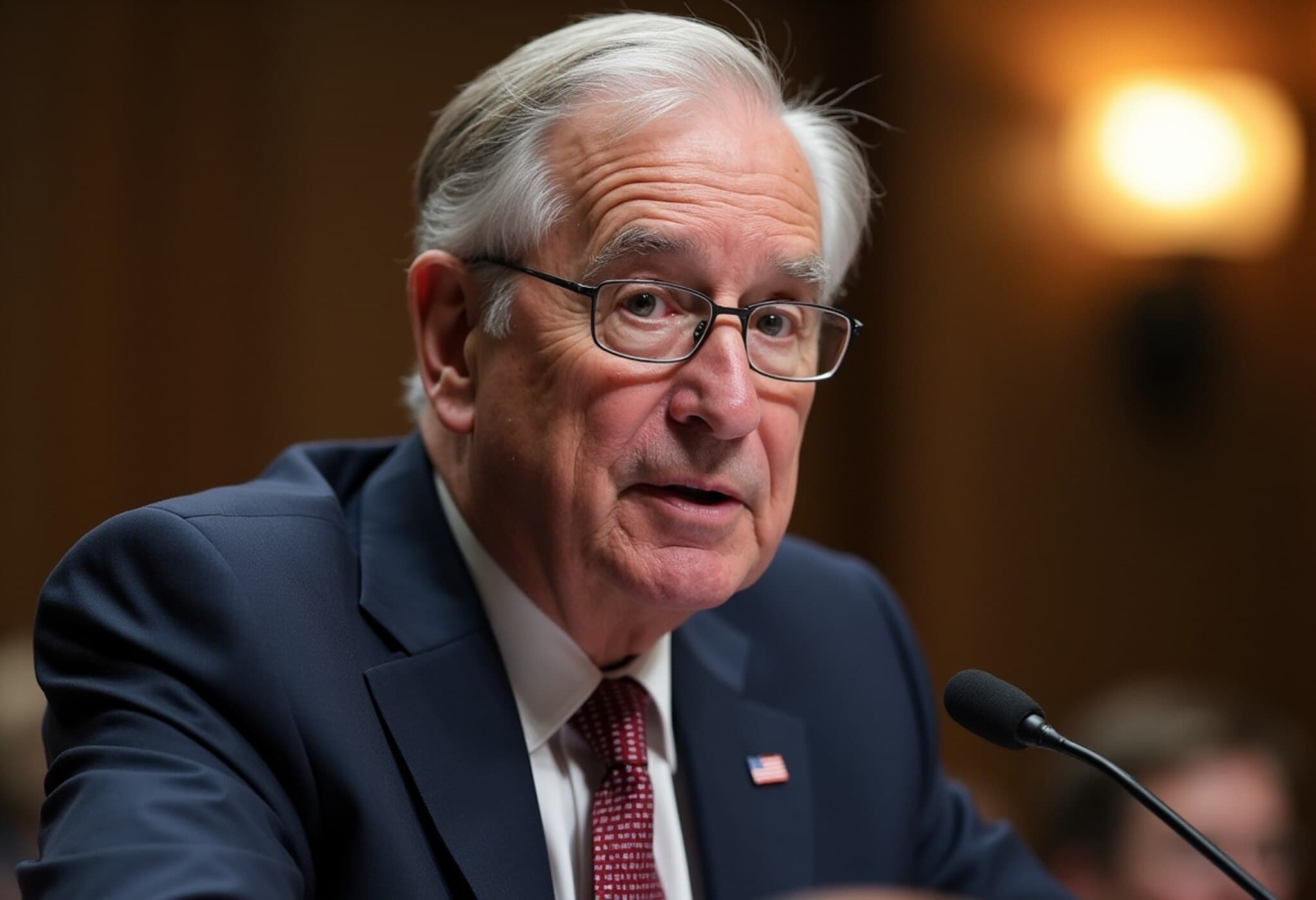Wholesale Prices Soar 0.9% in July, Outpacing Market Expectations
In a surprising twist for economists and policymakers alike, the U.S. Bureau of Labor Statistics (BLS) reported that wholesale prices in July surged by 0.9%—more than four times the anticipated 0.2% gain. This marks the largest monthly jump since June 2022 and signals that inflationary pressures remain robust within the economy's supply chain.
Core Inflation Excluding Volatile Sectors Also Climbs Sharply
Digging deeper, the core Producer Price Index (PPI)—which strips out food and energy costs to provide a clearer picture of persistent inflation—also rose by 0.9%, substantially above the forecasted 0.3%. Moreover, an even narrower measure excluding trade services climbed 0.6%, marking the steepest gain since March 2022. These increases hint that underlying inflation is far from cooling down and could sustain pressure on consumer prices in the months ahead.
Annual Inflation Remains Elevated Above Fed Targets
Year-over-year, the headline PPI rose an eye-catching 3.3%, its biggest increase since February. This level notably exceeds the Federal Reserve’s long-term inflation target of 2% and adds complexity to the central bank’s delicate balancing act of containing inflation without stifling growth.
Services and Trade Margins Drive Inflation Upward
The report highlighted >strong>service-sector inflation, which climbed 1.1%—the largest spike since March 2022. Within services, trade margins posted a 2% rise amidst continued tariff developments initiated under former President Donald Trump. Notably, machinery and equipment wholesaling prices increased 3.8%, portfolio management fees soared 5.8%, and airline passenger services edged up 1%, indicating widespread price pressures across diverse sectors.
Market Reaction and Federal Reserve Outlook
Immediately following the report, stock market futures faltered while shorter-maturity Treasury yields ticked higher, reflecting investors’ recalibration of risks. Previously, with the Consumer Price Index (CPI) data aligning closely with expectations, markets had nearly priced in a Federal Reserve rate cut by September. However, this unexpected PPI surge has tempered that optimism. According to the CME Group’s FedWatch, the probability of a September interest rate reduction decreased slightly but remains significant.
Expert Commentary: A ‘Wake-Up Call’ for Inflation Risks
Chris Zaccarelli, Chief Investment Officer at Northlight Asset Management, commented, "This sharp increase in producer prices underscores inflation's persistence through the economic pipeline, even if consumers haven't felt the full impact yet. Considering the mild CPI figures earlier this week, today’s data serves as a wake-up call and could temper expectations for a guaranteed Fed rate cut next month." Such insights underscore the ongoing challenges policymakers face in accurately assessing and responding to inflation trends.
Amid Rising Inflation, Questions Loom Over Data Integrity
While the PPI offers vital insight into inflation’s upstream movements, the accuracy and reliability of BLS data have become a subject of intensified debate. Earlier this month, in a controversial move, former President Trump dismissed the BLS Commissioner and nominated economist E.J. Antoni, a critic of BLS methodologies, to lead the agency. Antoni has even proposed suspending the monthly nonfarm payroll report to recalibrate data accuracy.
Compounding these concerns, the BLS has grappled with budget constraints and workforce reductions, forcing it to streamline data collection by cutting approximately 350 categories from its extensive input cost inventory. This July’s PPI release was the first utilizing this reduced framework, raising questions about potential impacts on the depth and breadth of inflation measurement.
What This Means for the Economy and Consumers
- Supply Chain Pressures Persist: Wholesale price increases suggest upstream inflation could feed into higher consumer prices.
- Policy Uncertainty: Strong PPI data complicates the Federal Reserve’s task of balancing inflation control and economic growth.
- Data Transparency Matters: Ongoing modifications to BLS reporting practices invite scrutiny over the accuracy of inflation metrics guiding policy.
Editor's Note
The July wholesale price surge is a crucial barometer indicating that inflationary pressures stubbornly persist beyond consumer-facing figures. This could reshape Federal Reserve policy, influencing interest rates and economic growth trajectories. Simultaneously, the evolving debate over the Bureau of Labor Statistics' methodologies and leadership underscores the importance of trusted, transparent data in forming effective economic policies. Readers should watch for upcoming CPI releases and Fed statements to better understand the inflation landscape and its implications for everyday Americans.



















